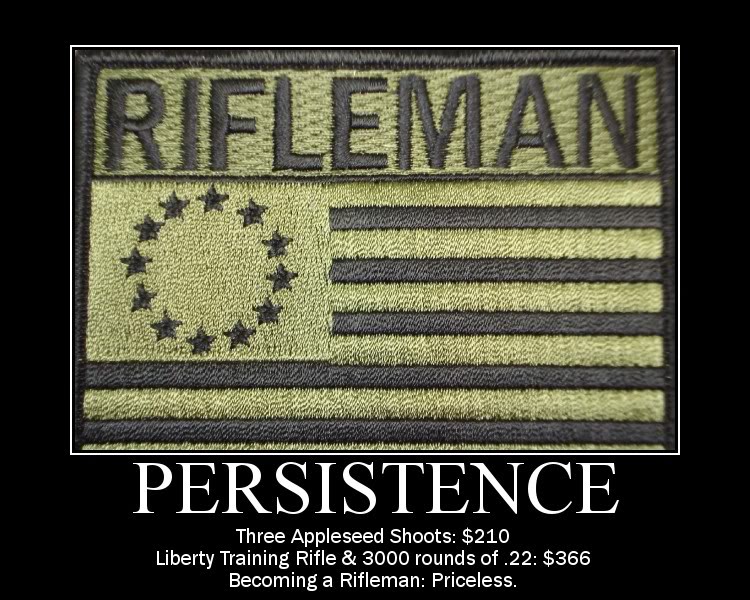Health insurance is to health what car insurance is to safety: Both pay for damage only after it’s occurred. Insurance doesn’t prevent anything and may even give a false sense of security leading to the very behavior that necessitates its use.
Health comes from food, nutrition, lifestyle, wise choices, habits and from God’s bountiful earth. Most of that is under your direct control and can’t be delegated.
Whether you pay for medical ‘care’ with insurance or out of your own pocket orthodox medicine deals with the effects of sickness rather than the causes of health. You’re neither safe nor healthy by having the means to pay for your sickness after it occurs. What are you doing to remain healthy and prevent sickness in the first place?
Reliance on orthodox medicine as the only means to provide for health is a poor strategy. In the video, below, meet a group of people who don’t rely on orthodox medicine (Or the insurance that pays for it) for anything. Instead, they invest into the direct causes of health and rely on the best person in the world to take their medicine: Themselves.
You may not agree with everything Mike and his fellow Health Rangers say and do in support of their own health. However, instead of pointing out differences what parts of their approach to health sound like common sense?
People without health insurance are not all homeless, destitute or in ill-health. They may be the most healthy among us. Certainly, the people in the video, above, spend more on their health than someone fully ‘covered’. Yet, we’re supposed to think of them as crazy because:
- They don’t want to pay for something they don’t need or use.
- They prefer to invest the $1000/month directly on their health and not insurance that only pays for care that doesn’t work, treatments they don’t need and medicine they wouldn’t take even if it was free.
- Their children rarely need a doctor, are not sick and will most likely remain so if they follow in their parents’ footsteps. The people in the video believe that part of the reason their children are not chronically sick is because they’ve never received the vaccines we’re made to believe are the only possible means to achieve immunization against disease. They don’t believe that vaccination is a synonym for immunization.
- They enjoy supporting companies that make products that keep them healthy. They even say they can afford the organic food and nutrients they need for their health because they don’t waste money on health insurance to pay for orthodox medicine that doesn’t work.
- They’re not concerned about getting cancer because the chemo and radiation treatments they would be offered would kill them faster than the cancer.
- They say that insurance doesn’t prevent anything because detection is not prevention.
- They believe the detection tests themselves are harmful or inaccurate leading to either harm or misdiagnosis. Even if they get sick they’re more likely to choose a treatment that actually works, most of which are outside of the system and wouldn’t be covered by their insurance, anyway!
While everyone is clamoring for something called “Health Care” these people say they don’t have it, don’t want it, don’t need it and wouldn’t take it even if it was free!
Is Zero Health Insurance Optimal?
Modern orthodox medicine handles one area, extremely well: Trauma and catastrophic damage to the body. My view on Optimal health care is combining Mike’s approach with an alternative medicine doctor and the ability to pay for the odd catastrophic event. Whether or not insurance is needed to cover all this is another question.
My father used to say that, “Any insurance offered can’t be a good deal“. His reasoning was that any insurance worth it to the customer would cause the insurance companies to lose money and that never happens.
While my fathers view was a bit extreme insurance companies do have the resources to study every angle and risk. On average, most of the events they would insure are more cost-effectively self-insured. One of the guys in the video alludes to this when he says that by investing in their own health they are really self-insuring their own health care. The big picture of whether health insurance is needed, at all, breaks down like this, in my view:
- Good food, nutrition, lifestyle, wise choices & habits – Requires some money, study and time but no insurance.
- Alternative medicine doctor – Very reasonable cost per visits which are usually preventative in nature. No insurance required. Ironically, since the visits and natural medicines recommended are preventative ‘health’ insurance is less inclined to reimburse for these visits, anyway.
- Catastrophic medical – If you get hit by a bus you’ve got to pay to get put back together. Orthodox medicine handles this well, but, the costs are high. My recommendation is to put aside 1/3 of what you would pay for health insurance, on a monthly basis, to pay directly for anything that may happen. Ironically, the fact that most pay for catastrophic medical with insurance greatly inflates the price. You need to negotiate the price back down to the non-insurance inflated cost. I have done this twice in my life: Once for dental work and once for surgery. My direct family members have done the same. It would take a separate article to cover this topic well. I only describe it here to present a complete picture of alternative ways to pay for every aspect of one’s own medical care.
A Service is Not a Right
If a service is a right then doctors and nurses are slaves. How long will doctors and nurses continue to sacrifice and pay for their extensive medical training to keep us well if their only reward is to be made slaves of the people they serve?
Indeed, socialized medicine is a prime cause for the ‘brain drains’ that follow in their wake. The best students stop going to medical school, interns and residents opt out, current doctors quit medicine and there are massive doctor and nurse shortages. These shortages would be difficult to handle even with current demand. As millions of magically ‘entitled’ people are added to ‘the system’ the quality of medical care declines fast for everyone. In Canada, such shortages have given rise to illegal clinics just to meet basic health care needs. Officials pretend not to notice hundreds of illegal clinics because they enable them to say that their socialized medical programs are working well.
I’m all for working towards a solution where all people can receive medical care. However, turning a service into a right has so many historical precedents of destroying the service in question that it’s hard to believe anyone who really wants to help people would try it (Again). More importantly, turning a service into a right is morally wrong and turns the service providers into slaves. Realizing this the service providers simply stop providing and less people are served than before the ‘fix’ was implemented.
There are 307 Million people in the US. If 40 Million don’t have health insurance then 87% of the population is insured. Destroying the entire health care system for 13% of the population would be bad enough if it weren’t for the point of this article that . . .
Insurance is Not Health
Insurance doesn’t prevent sickness or promote health. Detection is not prevention and treatments are rarely cures. The detection, treatment, drugs and procedures that are most likely to be reimbursable by your ‘health’ insurance deal only with the effects of sickness rather than the causes of health. Focusing on being reimbursed for treatments that don’t work perpetuates a flawed system.
Health comes from food, nutrition, lifestyle, wise choices, habits and from God’s bountiful earth. Most of that is under your direct control and can’t be delegated. Invest into the direct causes of health and rely on the best person in the world to take your medicine: You.


